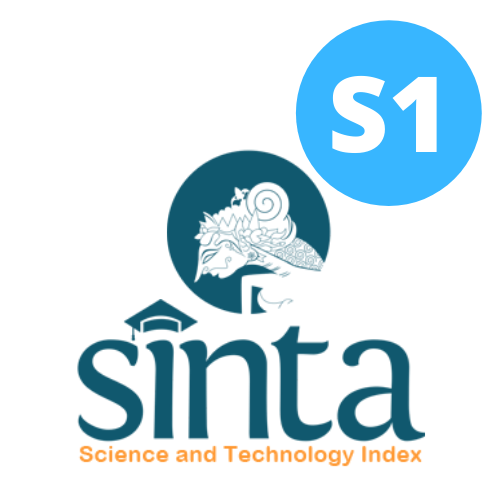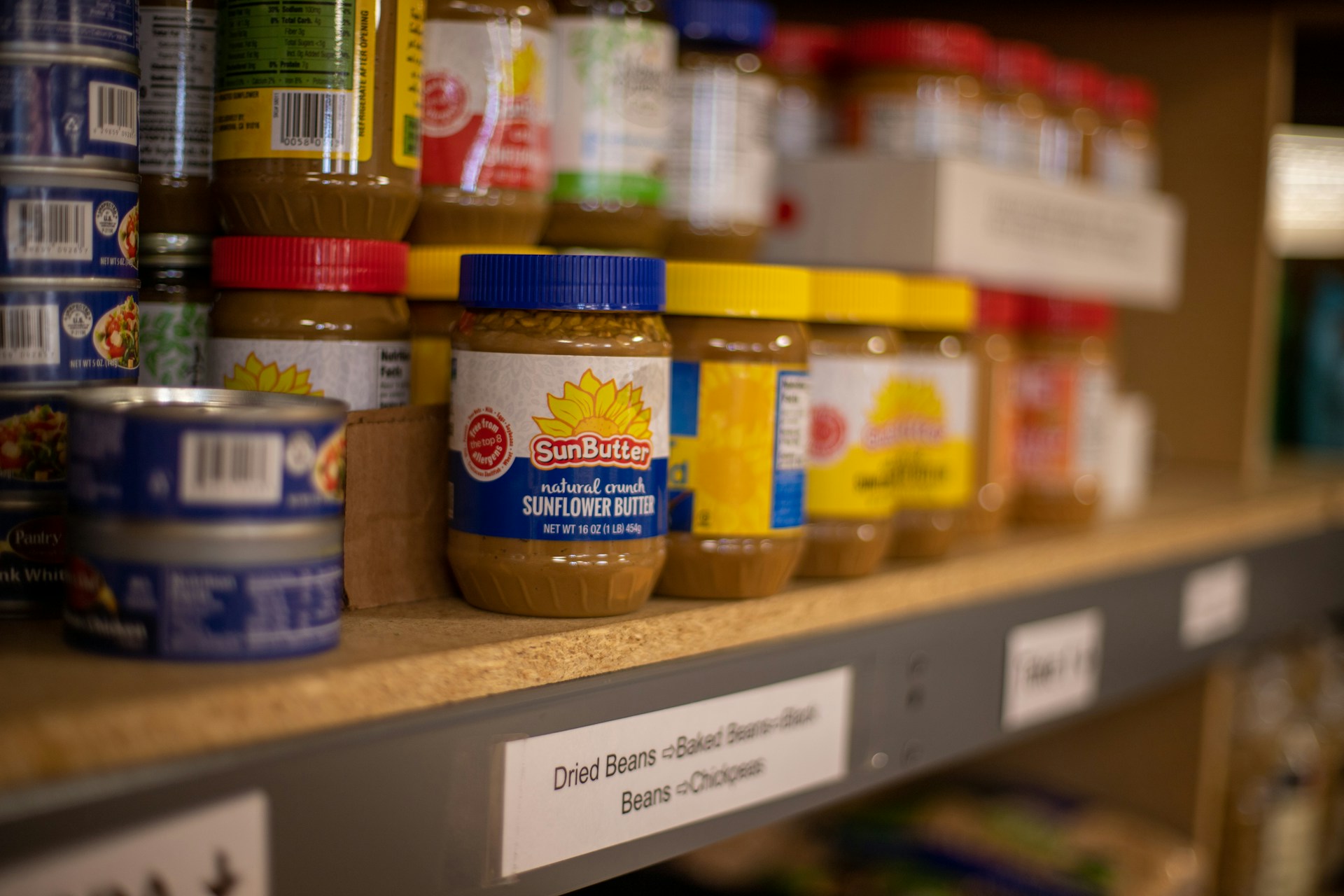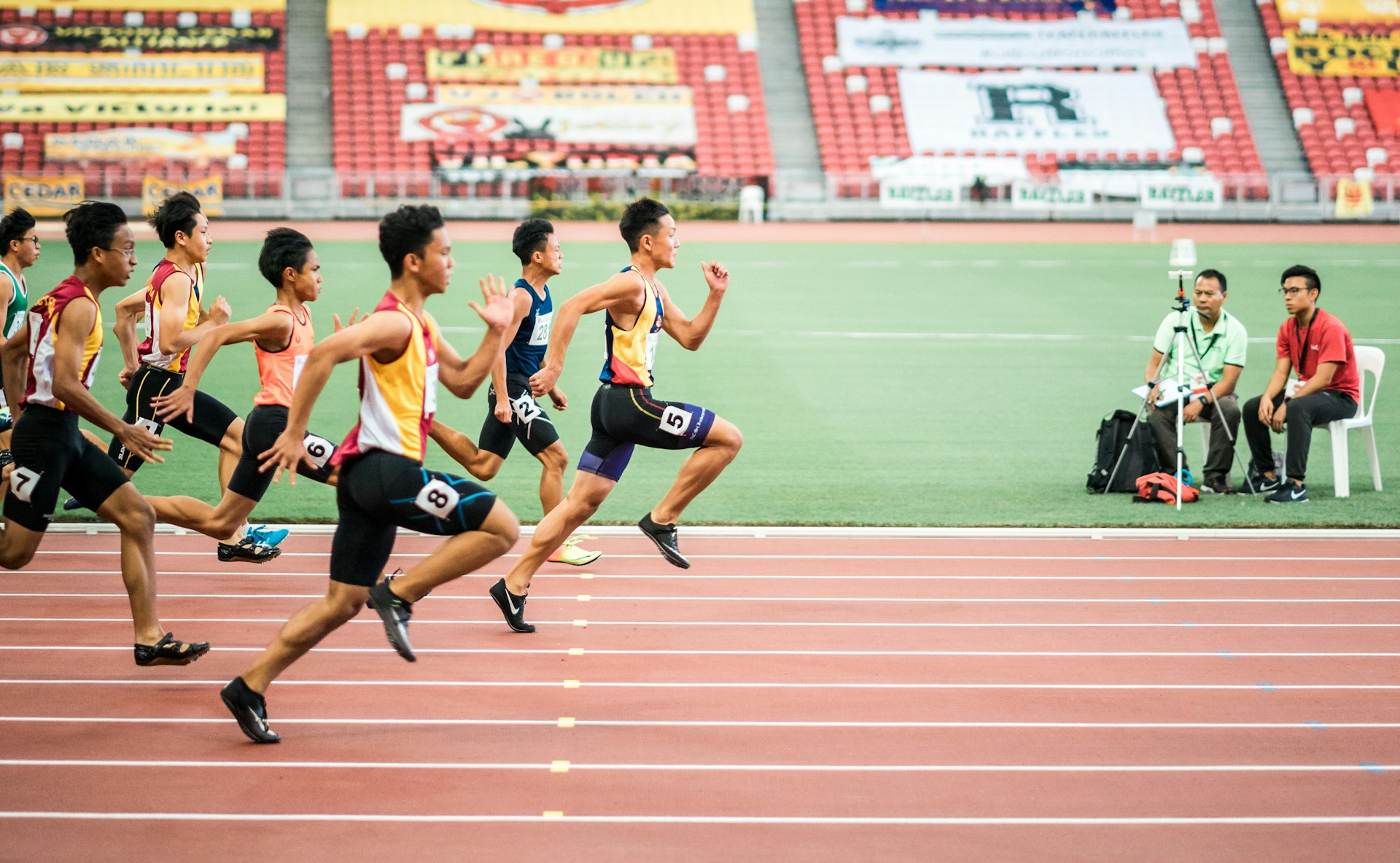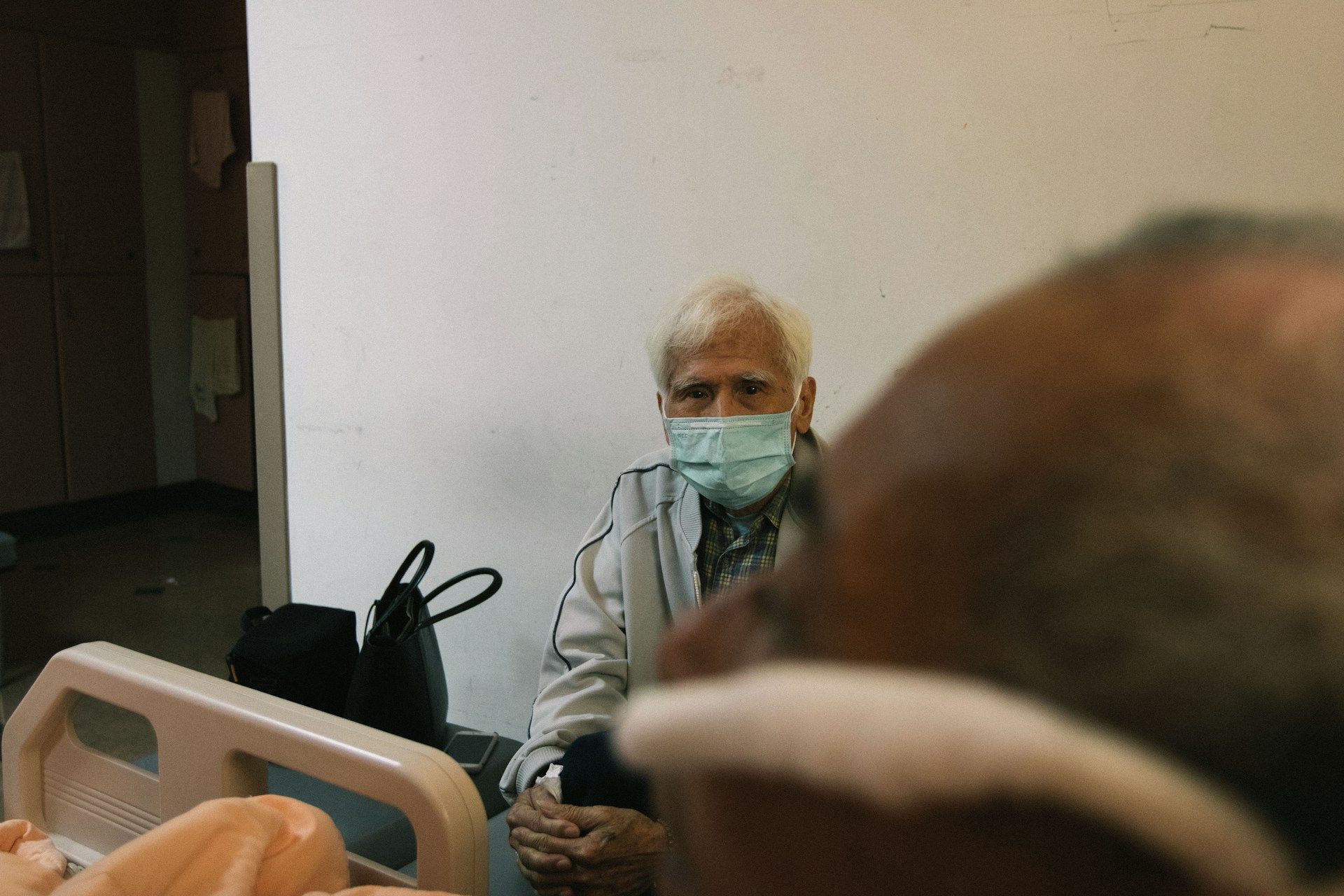Program for Providing Iron Tablets in Schools and Reducing the Incidence of Anemia among Adolescent Girls in Padang City
Program Pemberian Tablet Fe di Sekolah dan Penurunan Kejadian Anemia pada Remaja Putri di Kota Padang

Downloads
Background: Anemia among reproductive-age women can lead to significant nutritional issues for future generations. In Indonesia, the anemia prevalence rate among women is alarmingly high at 30.44%. A key strategy to reduce anemia is the distribution of iron tablets (Fe) in schools.
Objectives: This study aimed to analyze the effectiveness of the iron tablet program in schools and its relationship to the incidence of anemia among adolescent girls in Padang City.
Methods: A mixed-methods approach was utilized, combining quantitative and qualitative techniques. A cross-sectional design assessed the relationship between iron tablet distribution and anemia prevalence. Qualitative data were gathered through in-depth interviews to explore the program's implementation. The study involved two schools in Padang City, randomly selecting a sample of 274 adolescent girls. Data were collected using standardized instruments, analyzed with statistical software, and examined using multiple logistic regression tests.
Results: The iron tablets program hasn’t been optimally implemented. The study found 28.1% of adolescent girls were anemic. An iron tablet consumption history (p-value=0.035), the quantity consumed (p-value=0.034), father's education level (p-value=0.039), and nutritional knowledge (p-value=0.032) related with anemic. Girls who did not consume iron tablets were 3.03 times more likely to be anemic. Many expressed concerns about the potential negative effects of iron tablets.
Conclusions: This study reveals a troubling prevalence of anemia among adolescent girls, with nearly one-third affected. Inadequate iron tablet consumption, along with parental education and nutritional knowledge, significantly contributes to this issue. Concerns about side effects emphasize the urgent need for targeted educational interventions.
World Health Organization. National Guidelines for the Management of Acute Malnutrition. (2016).
Zhu, Z. et al. Anemia and Associated Factors Among Adolescent Girls and Boys at 10–14 Years in Rural Western China. BMC Public Health 21, 1–14 (2021). https://doi.org/10.1186/s12889-021-10268-z.
Hasan, M. M. et al. Anaemia in Women of Reproductive Age in Low-and Middle-Income Countries: Progress Towards the 2025 Global Nutrition Target. Bull World Health Organ 100, 196–204 (2022). https://doi.org/10.2471/blt.20.280180.
Development Initiatives. 2020 Global Nutrition Report: Action on equity to end malnutrition- Launch presentation. The Global Nutrition Report’s Independent Expert Group 1–28 (2020).
Kementerian Kesehatan RI. Survei Kesehatan Indonesia 2023. (2023).
Kementerian Kesehatan. Hasil Utama Riskesdas 2018. (2018).
Shanmugam, J., Kumar, M., Dhanasekar, G. & Ravikumar, S. Prevalence and Determinants of Anemia Among Adolescents in Coimbatore District, Tamil Nadu–A School Based Analytical Cross-Sectional Study. National Journal of Community Medicine 14, 3–9 (2023). http://dx.doi.org/10.55489/njcm.140120232510.
Yusufu, I. et al. Factors associated with anemia among school-going adolescents aged 10–17 years in Zanzibar, Tanzania: a cross-sectional study. BMC Public Health 23, 1814 (2023). https://doi.org/10.1186/s12889-023-16611-w.
Wiafe, M. A., Ayenu, J. & Eli-Cophie, D. A review of the risk factors for iron deficiency anaemia among adolescents in developing countries. Anemia 2023, 6406286 (2023). https://doi.org/10.1155/2023/6406286.
Gebreyesus, S. H. et al. Anaemia among adolescent girls in three districts in Ethiopia. BMC Public Health 19, 1–11 (2019). https://doi.org/10.1186/s12889-019-6422-0.
Nurrahman, Hurulaini, N., Anugrah, D. S., Adelita, A. P. & Sutisna, A. N. Faktor dan Dampak Anemia pada Anak-Anak, Remaja , dan Ibu Hamil. Journal of Science, Technology and Entrepreneur 2, 46–50 (2021).
Kemenkes, R. I. Buku pedoman pencegahan dan penanggulangan anemia pada remaja putri dan wanita usia subur (WUS). Jakarta: Direktorat Jenderal Kesehatan Masyarakat (2016).
Kemenkes RI. Laporan nasional riskesdas 2018. Jakarta: Kemenkes RI 154–166 (2018).
Hasianna Silitonga, H. T., Salim, L. A., Nurmala, I. & Wartiningsih, M. Compliance of Iron Supplementation and Determinants among Adolescent Girls: A Systematic Review. Iran J Public Health (2023). https://doi.org/10.18502/ijph.v52i1.11664.
Yuniartanti Putri, H., Djuari, L. & Dwilda, E. THE RELATIONSHIP BETWEEN KNOWLEDGE AND COMPLIANCE WITH BLOOD ADDED TABLETS IN ADOLESCENT WOMEN. Indonesian Midwifery and Health Sciences Journal 7, 122–128 (2023). https://doi.org/10.20473/imhsj.v7i2.2023.122-128.
Dinas Kesehatan Kota Padang. Laporan Tahunan Kota Padang Tahun 2023. (2023).
Ocktariyana, O., Flora, R., Yuliastuti, M. E., Zulkarnain, Z. & Lasepha, A. Risk Factors for Iron Deficiency Anemia Among Adolescents in Developing Countries: Study Literature Review. Indonesian Journal of Global Health Research 6, 1343–1354 (2024). https://doi.org/10.37287/ijghr.v6i3.3163.
Burz, C., Cismau, A., Pop, V. & Bojan, A. Iron Deficiency Anemia. (IntechOpen, 2019). https://doi.org/10.5772/intechopen.80940.
Pareek, P., Kuwari, S. & Thakur, H. Determinants of Anemia Among Adolescents Girls. Curr Dev Nutr 6, 154 (2022). https://doi.org/10.1093/cdn/nzac051.070.
da Cunha, M. de S. B., Campos Hankins, N. A. & Arruda, S. F. Effect of Vitamin A Supplementation on Iron Status in Humans: A Systematic Review and Meta-Analysis. Crit Rev Food Sci Nutr 59, 1767–1781 (2019). https://doi.org/10.1080/10408398.2018.1427552.
Indrawatiningsih, Y., Hamid, S. A., Sari, E. P. & Listiono, H. Faktor-Faktor yang Mempengaruhi Terjadinya Anemia pada Remaja Putri. Jurnal Ilmiah Universitas Batanghari Jambi 21, 331 (2021). https://doi.org/10.33087/JIUBJ.V21I1.1116.
Meilani, N. & Setiyawati, N. Directly Observed Treatment for Iron Tablet Supplements Consumption Among Female Senior High School Students. Jurnal Kesehatan Masyarakat 18, 375–382 (2023). https://doi.org/10.15294/kemas.v18i3.38594.
Enggardany, R., Yovita Hendrati, L. & Hairi, N. N. Relationship between Body Mass Index (BMI) and Anemia Among Adolescent Indonesian Girls (Analysis of The Indonesia Family Life Survey 5). Amerta Nutr 347–352 (2021) https://doi.org/10.20473/amnt.v5i4.2021.
Amsal, A. et al. Prevalence and Risk Factors of Anemia in Adolescent Girls in Donggala District, Central Sulawesi. Poltekita: Jurnal Ilmu Kesehatan 17, 1107–1116 (2023). https://doi.org/10.33860/jik.v17i3.3065.
Who & Chan, M. Haemoglobin concentrations for the diagnosis of anaemia and assessment of severity. Geneva, Switzerland: World Health Organization 1–6 (2011).
Kemenkes RI. Peraturan Menteri Kesehatan Republik Indonesia Nomor 2 Tahun 2020 Tentang Standar Antropometri Anak. Kemenkes RI 1–78 (2020).
Arista, A. D., Widajanti, L. & Aruben, R. Hubungan Pengetahuan, Sikap, Tingkat Konsumsi Energi, Protein, dan Indeks Massa Tubuh/Umur dengan Kekurangan Energi Kronik pada Remaja Putri (Studi di Sekolah Menengah Kejuruan Islamic Centre Baiturrahman Semarang pada Puasa Ramadhan Tahun 2017). Jurnal Kesehatan Masyarakat 5, 585–591 (2017). https://doi.org/10.14710/jkm.v5i4.18722.
Helmyati, S., Syarifa, C. A., Rizana, N. A., Sitorus, N. L. & Pratiwi, D. Penerimaan Program Tablet Tambah Darah pada Remaja Putri di Indonesia. Amerta Nutrition 7, 50–61 (2024). https://doi.org/10.20473/amnt.v7i3SP.2023.50-61.
Prabawati, J. W. Faktor-faktor yang berhubungan dengan perilaku pencegahan keputihan remaja. (Politeknik Kemenkes Yogyakarta, Yogyakarta, 2019).
Reed, B. G. & Carr, B. R. The Normal Menstrual Cycle and the Control of Ovulation. (2000).
Fabbri, M. et al. Measuring Subjective Sleep Quality: A Review. Int J Environ Res Public Health 18, 1082 (2021). https://doi.org/10.3390/ijerph18031082.
Dinas Tenaga Kerja dan Transmigrasi Provinsi Sumatera Barat. Penduduk Yang Bekerja (PYB) Provinsi Sumatera Barat Tahun 2022. (2022).
Tamhane, A., Westfall, A., Burkholder, G. & Cutter, G. Prevalence Odds Ratio versus Prevalence Ratio: Choice Comes with Consequences. Stat Med 35, 5730–5735 (2016). https://doi.org/10.1002/sim.7059.
Sianturi, O., Nadhiroh, S. R. & Rachmah, Q. Hubungan Tingkat Pendidikan dan Pendapatan Orang Tua Terhadap Status Gizi Anak: Literature Review. Media Gizi Kesmas 12, 1070–1075 (2023). http://dx.doi.org/10.20473/mgk.v12i2.2023.1070-1075.
Nuryani, N. & Paramata, Y. Associated factors of adolescents malnutrition in junior high school student. Jurnal Gizi dan Dietetik Indonesia (Indonesian Journal of Nutrition and Dietetics) 8, 9 (2020).: http://dx.doi.org/10.21927/ijnd.2020.8(1).9-21.
Masfiah, S. et al. Prevalence and determinants of anemia among adolescent girls: A school-based survey in Central Java, Indonesia. Glob J Health Sci 13, 37 (2021). https://doi.org/10.5539/gjhs.v13n3p37.
Habib, N., Abbasi, S.-U.-R. S. & Aziz, W. An analysis of societal determinant of anemia among adolescent girls in Azad Jammu and Kashmir, Pakistan. Anemia 2020, 1628357 (2020). https://doi.org/10.1155/2020/1628357.
Sari, P., Herawati, D. M. D., Dhamayanti, M. & Hilmanto, D. Anemia among adolescent girls in west java, Indonesia: related factors and consequences on the quality of life. Nutrients 14, 3777 (2022). https://doi.org/10.3390/nu14183777.
Copyright (c) 2025 Amerta Nutrition

This work is licensed under a Creative Commons Attribution-ShareAlike 4.0 International License.
AMERTA NUTR by Unair is licensed under a Creative Commons Attribution-ShareAlike 4.0 International License.
1. The journal allows the author to hold the copyright of the article without restrictions.
2. The journal allows the author(s) to retain publishing rights without restrictions
3. The legal formal aspect of journal publication accessibility refers to Creative Commons Attribution Share-Alike (CC BY-SA).
4. The Creative Commons Attribution Share-Alike (CC BY-SA) license allows re-distribution and re-use of a licensed work on the conditions that the creator is appropriately credited and that any derivative work is made available under "the same, similar or a compatible license”. Other than the conditions mentioned above, the editorial board is not responsible for copyright violation.












































